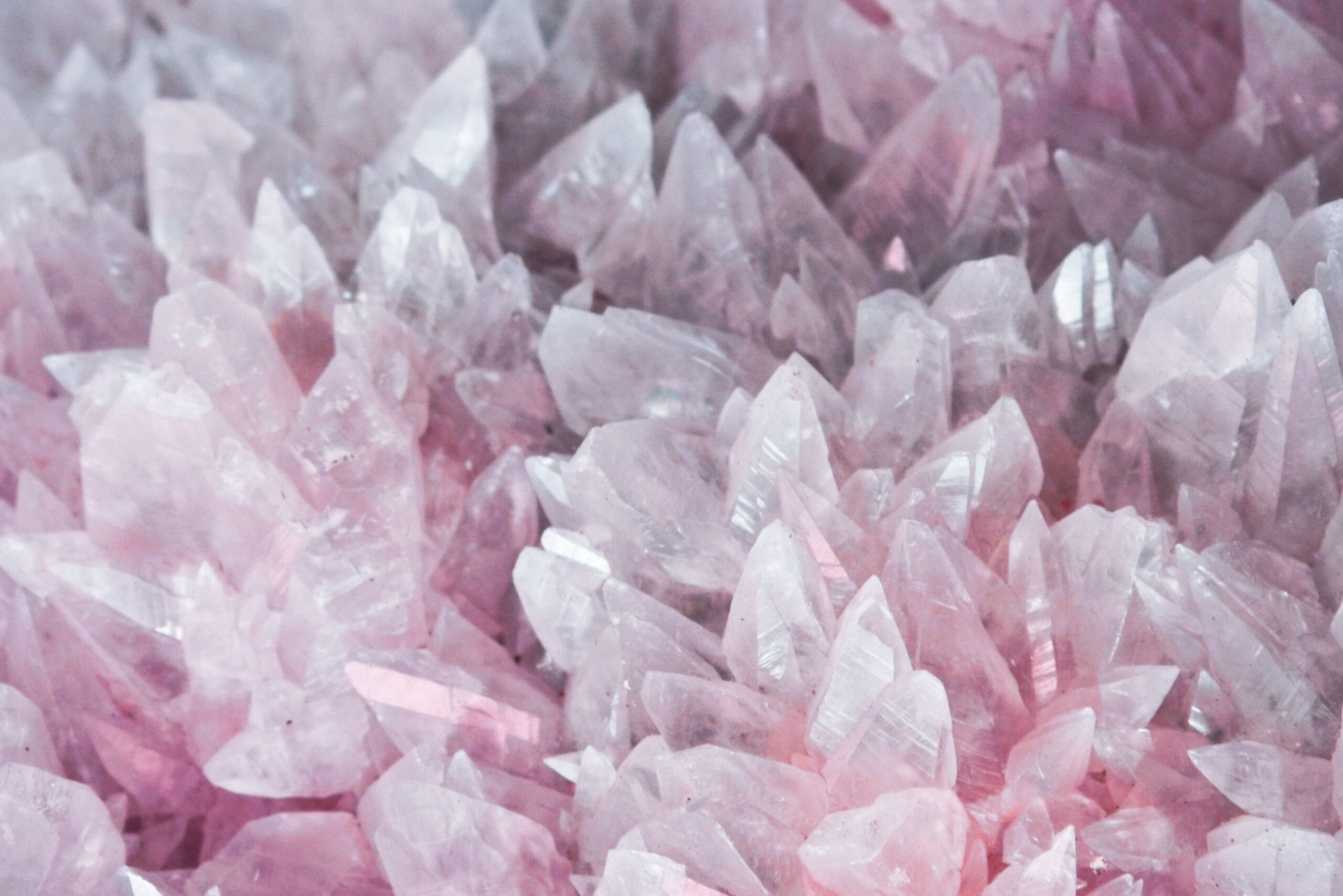The 2 Main Ways in which Quartz Crystals Come to Existence.
If you are considering having a stunning Quartz worktop installed into your beautiful new kitchen, then you should know that your worktop will be the result of either a volcanic eruption or the barometer effect. As we mentioned before, Quartz slabs are mainly made up of Quartz crystals, ground into Quartz dust. Therefore ideally, we should know where these crystals come from.
As volcanos erupt, they cause havoc, and spill their lava everywhere, and we all know this since primary school when we were being bored out by Geography. But little did we know, that volcanos are part of our homes today! As this magma (containing mainly igneous rocks and silicon) cools down, the silicone within starts reacting with the surrounding Oxygen, forming beautiful Silicone Dioxide crystals, which we mine out of rocks only to call it Quartz.
Quartz however can also be made during a much less vigorous and frightening process. Silicone is an element that can dissolve in water, but only at high pressures. Therefore, high air pressure above the sea will cause the silicone in the sea to start dissolving into the water, along with Oxygen from the air around (this process is named the barometer effect before you start asking), and this allows the two elements to start reacting and bonding together, so that again, they may form lovely crystals underwater, which we can collect to convert into worktops.
Surprisingly, Quartz is not actually as rare as people think, and it is believed to be the second most abundant mineral across the globe. But Quartz has many useful properties for human kind, that it is widely used in various applications, and so Quartz as a stone is still relatively expensive compared to plastic, laminate, wood and other materials, so it is also used within jewellery.




